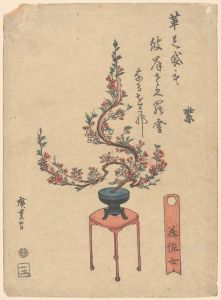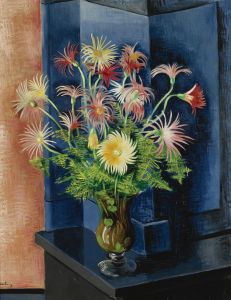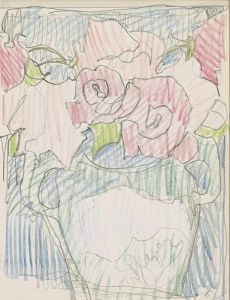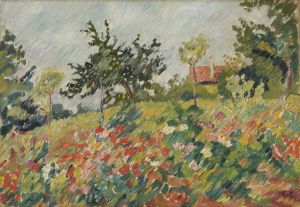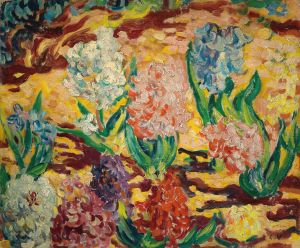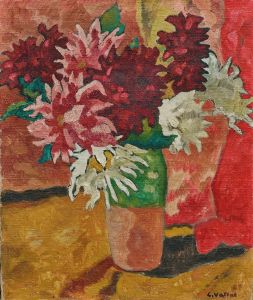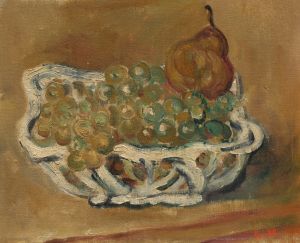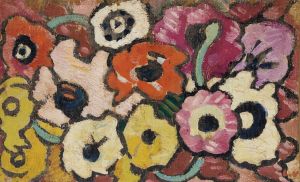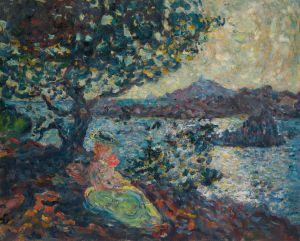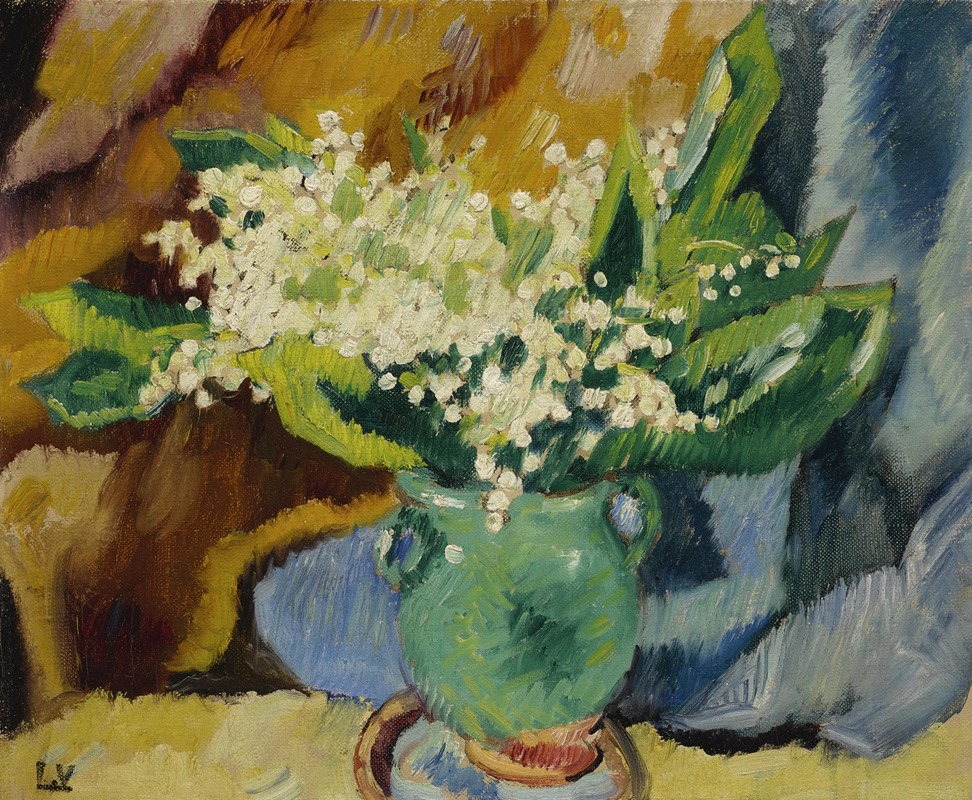
Le Pot de muguet
A hand-painted replica of Louis Valtat’s masterpiece Le Pot de muguet, meticulously crafted by professional artists to capture the true essence of the original. Each piece is created with museum-quality canvas and rare mineral pigments, carefully painted by experienced artists with delicate brushstrokes and rich, layered colors to perfectly recreate the texture of the original artwork. Unlike machine-printed reproductions, this hand-painted version brings the painting to life, infused with the artist’s emotions and skill in every stroke. Whether for personal collection or home decoration, it instantly elevates the artistic atmosphere of any space.
Louis Valtat (1869–1952) was a French painter associated with the Post-Impressionist and Fauvist movements. Known for his vibrant use of color and expressive brushwork, Valtat created a wide range of works, including landscapes, still lifes, and portraits. One of his notable paintings is Le Pot de muguet (translated as The Pot of Lily of the Valley), which exemplifies his skill in capturing the beauty of everyday objects with a modern artistic approach.
Le Pot de muguet is a still life painting that features a pot of lily of the valley flowers, a subject that reflects Valtat's interest in nature and domestic scenes. The painting is characterized by its bold, vivid colors and dynamic composition, hallmarks of Valtat's style. He often employed thick, textured brushstrokes and a simplified, almost decorative approach to form, which can be seen in this work. The flowers, with their delicate white blossoms and green leaves, are rendered with a sense of freshness and vitality, while the pot and surrounding elements are depicted with a harmonious balance of color and shape.
Valtat's work during this period was influenced by his interactions with other prominent artists of the time, including Pierre-Auguste Renoir, Paul Signac, and Henri Matisse. While he is sometimes associated with Fauvism due to his bold use of color, Valtat's style remained distinct and did not fully align with any single movement. Instead, his art reflects a synthesis of influences, combining the decorative qualities of Post-Impressionism with the expressive energy of Fauvism.
The exact date of Le Pot de muguet is not widely documented, but it likely belongs to the early 20th century, a period when Valtat was actively exploring still life as a genre. During this time, he was living and working in the south of France, where the vibrant light and colors of the Mediterranean landscape had a profound impact on his palette and artistic vision.
Today, Le Pot de muguet is appreciated as an example of Valtat's ability to transform simple, everyday subjects into works of art that celebrate color, form, and the joy of observation. The painting is held in a private collection or museum, though specific details about its current location are not readily available in public records.
Louis Valtat remains a lesser-known but significant figure in the history of modern art, and works like Le Pot de muguet continue to be admired for their contribution to the development of early 20th-century painting.





